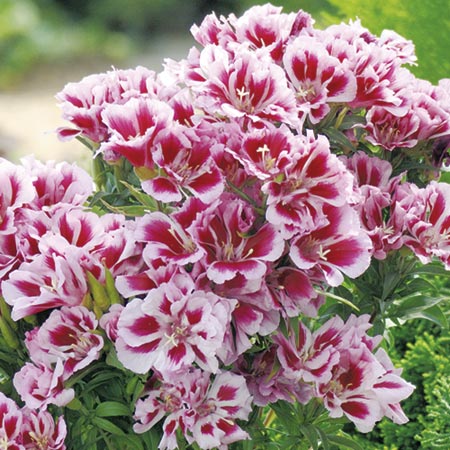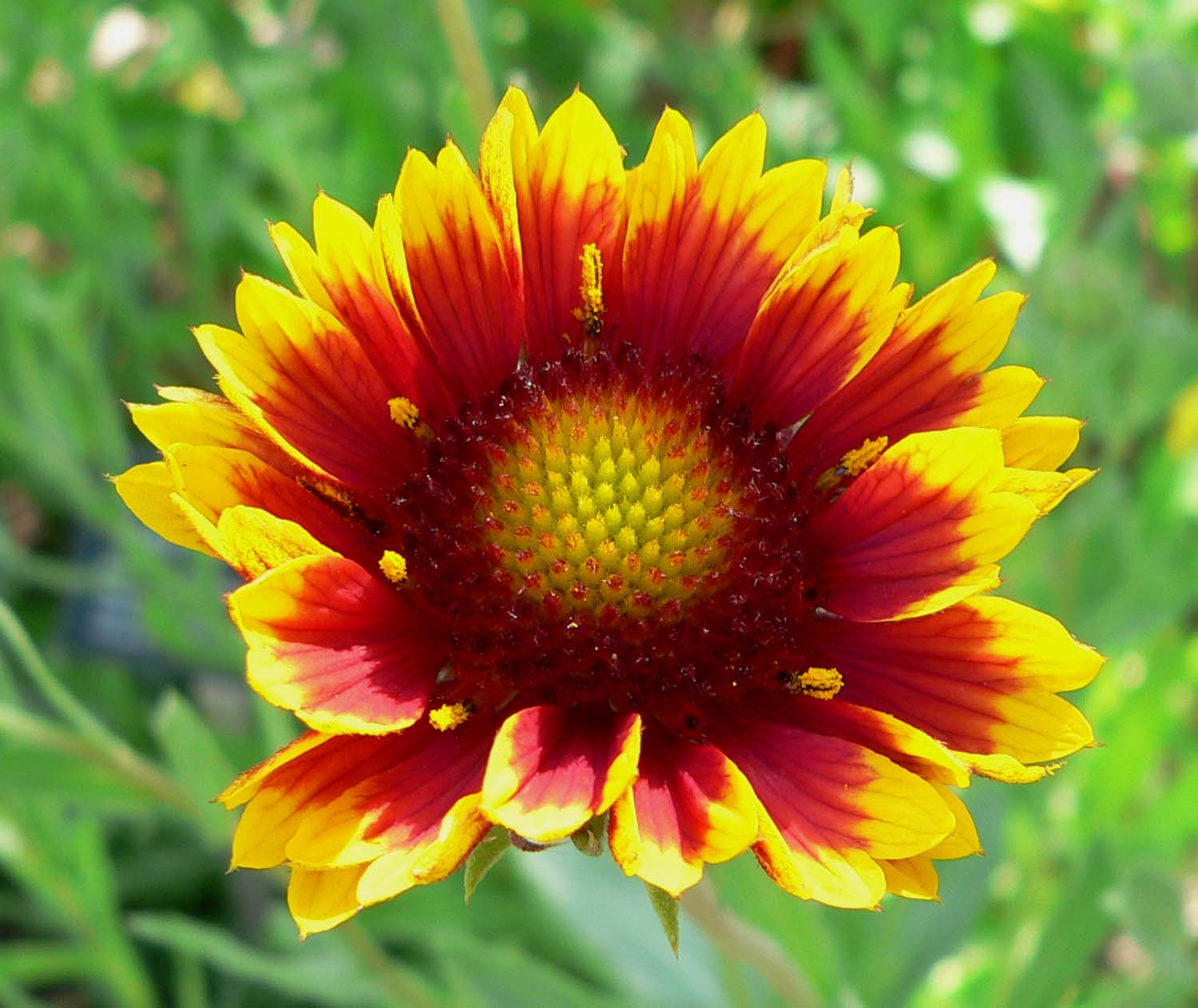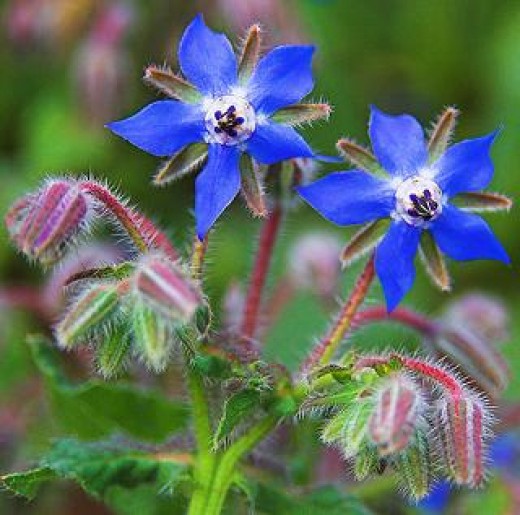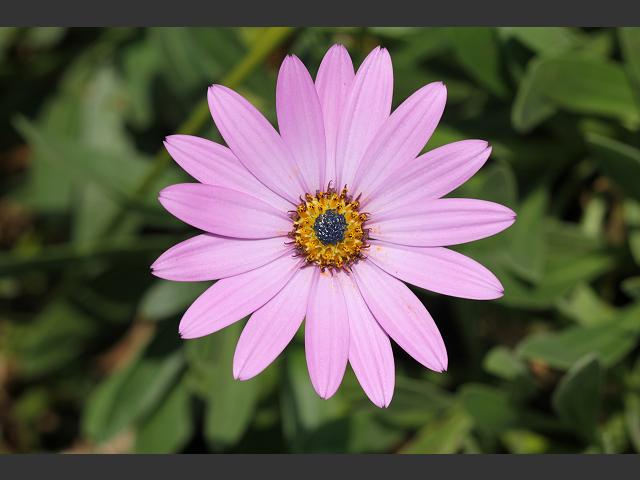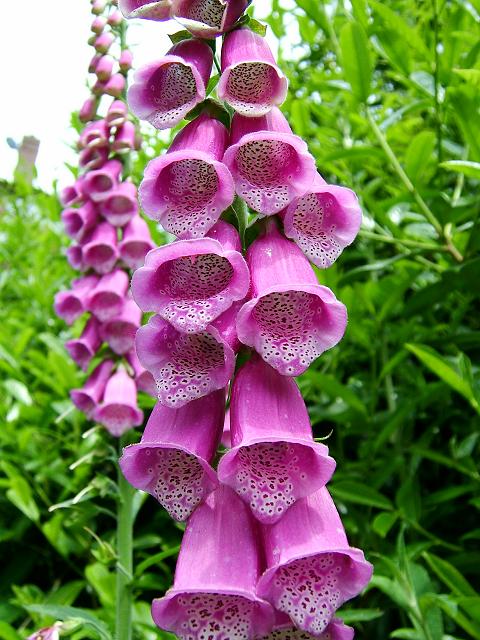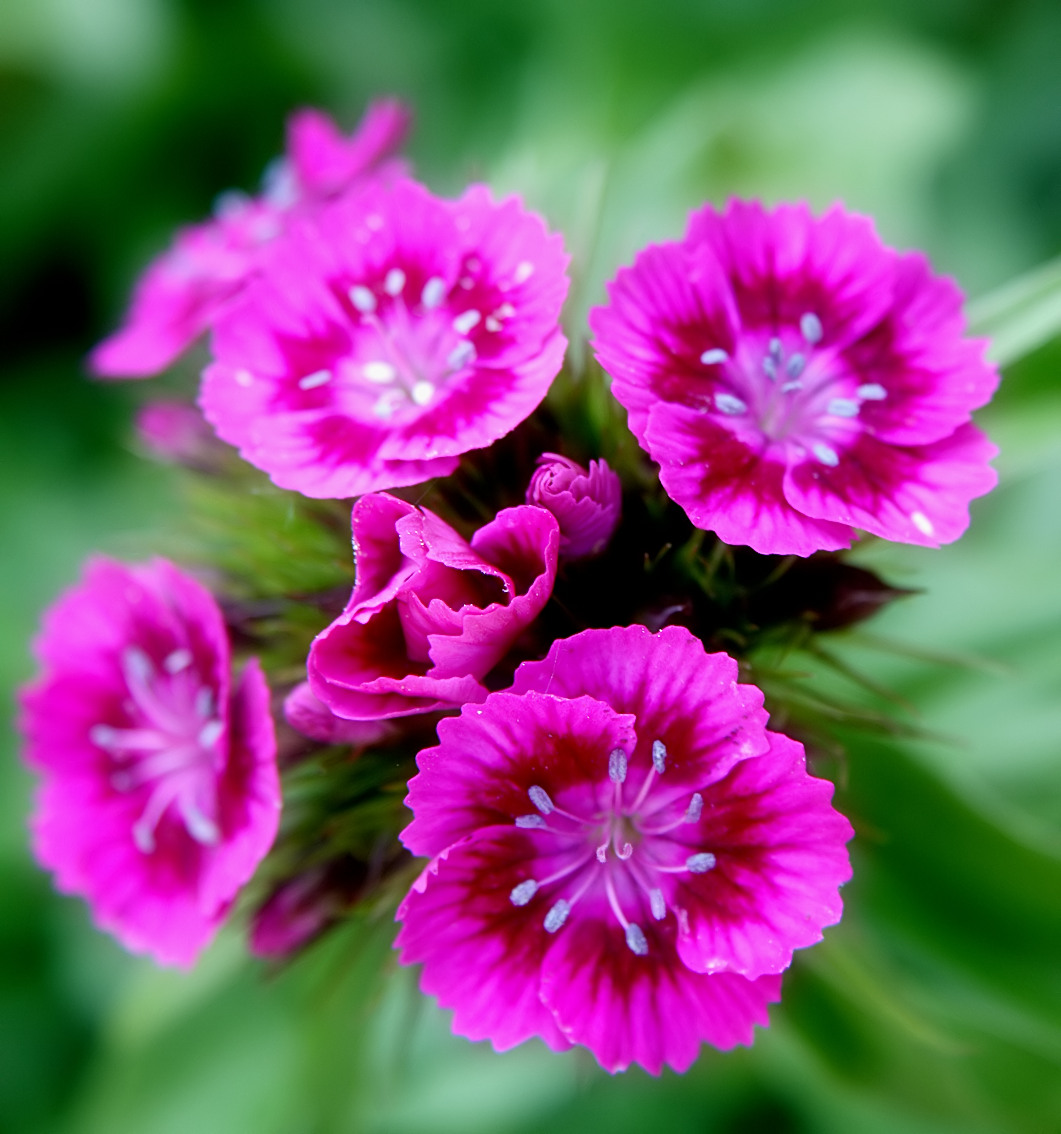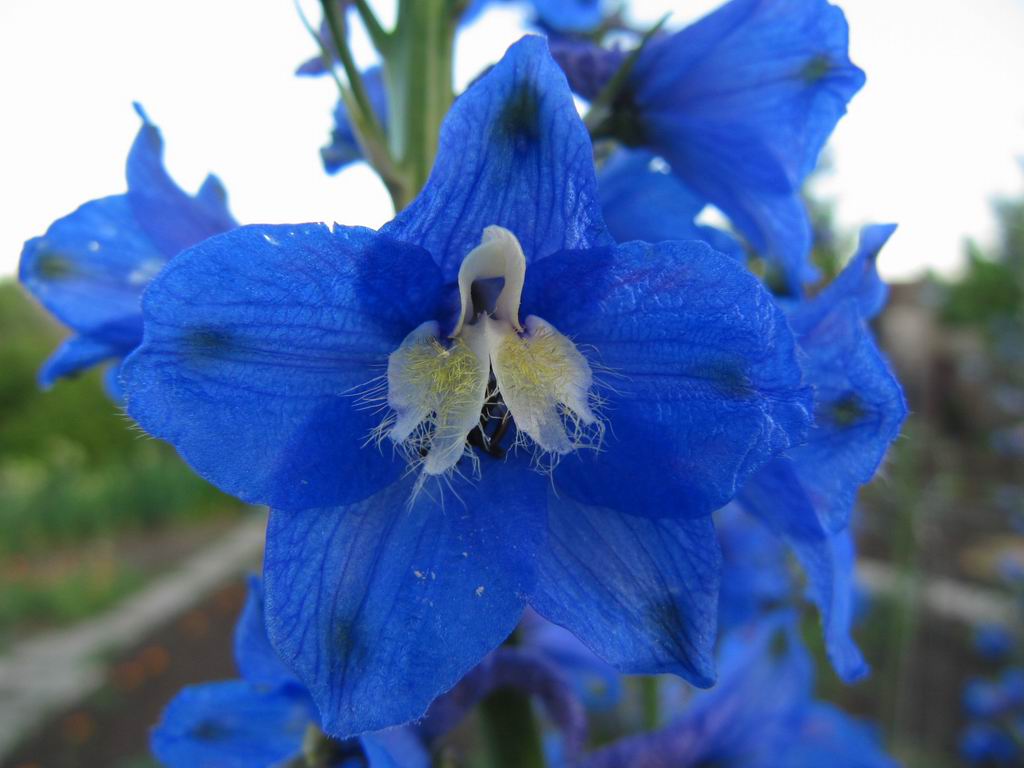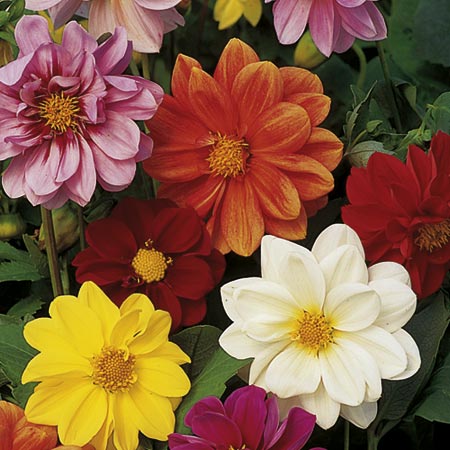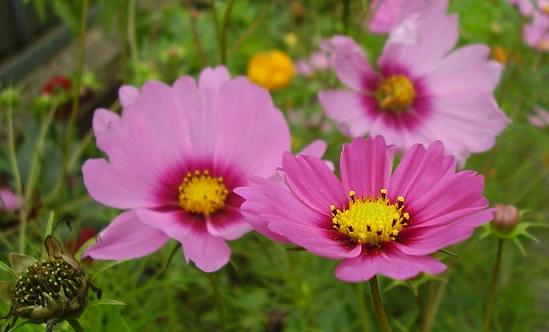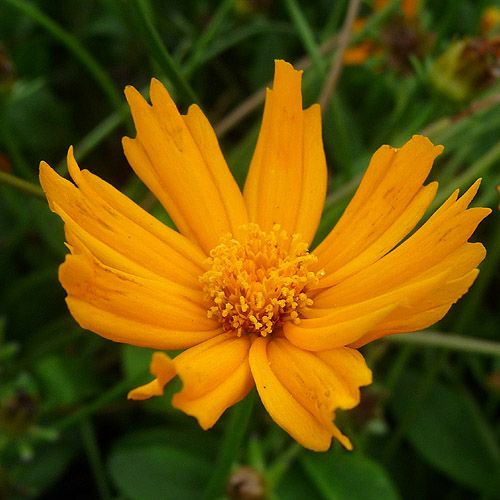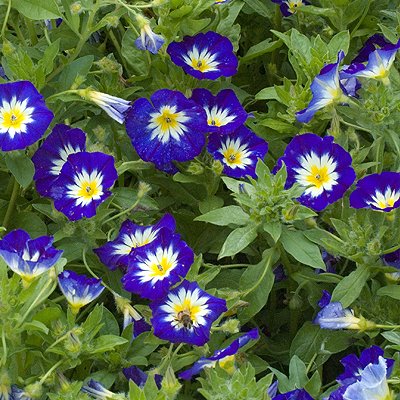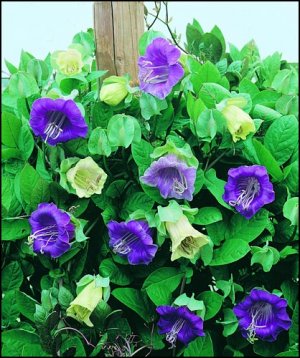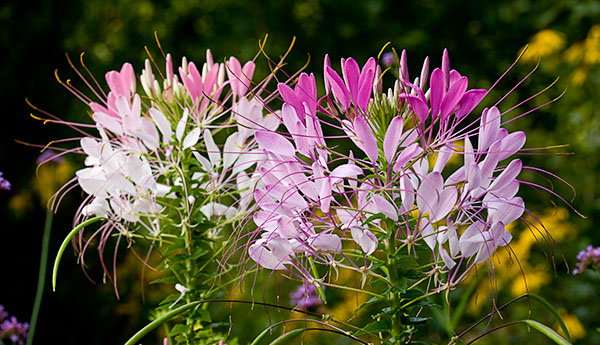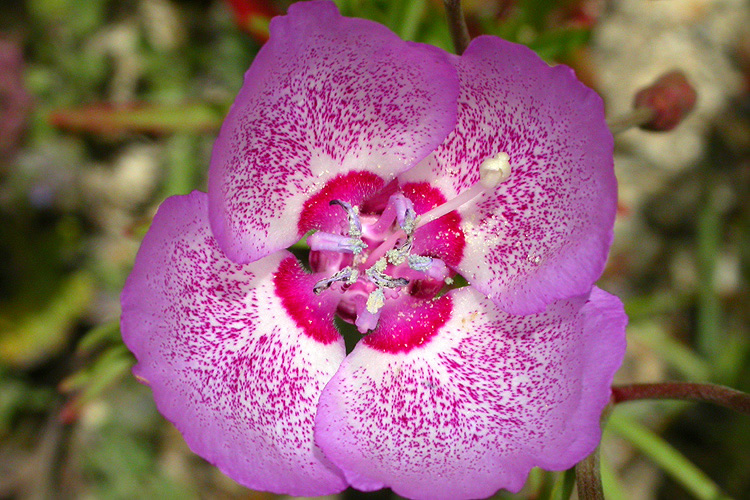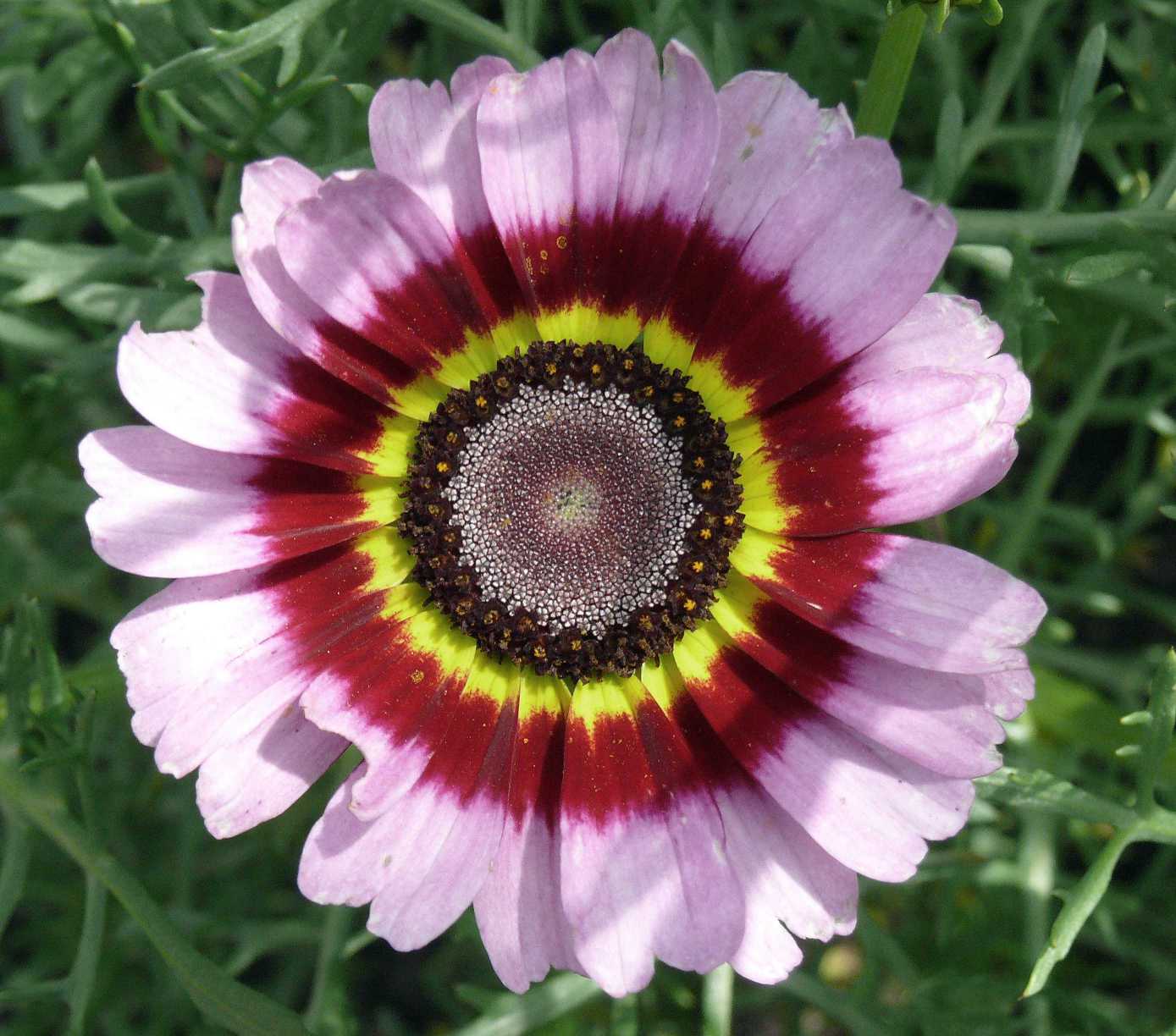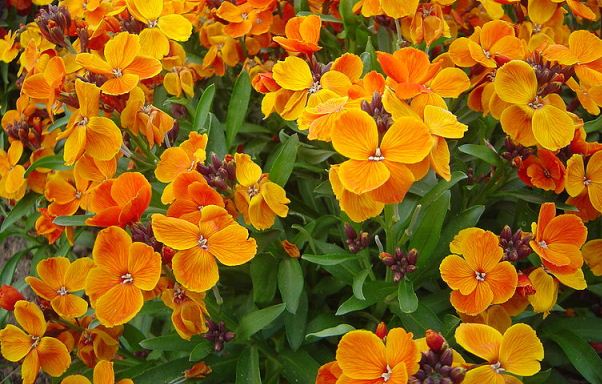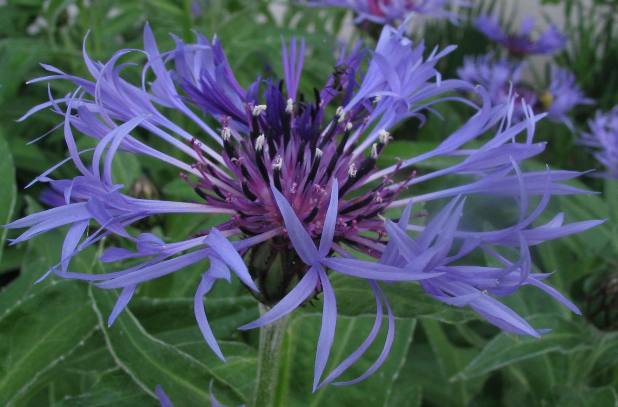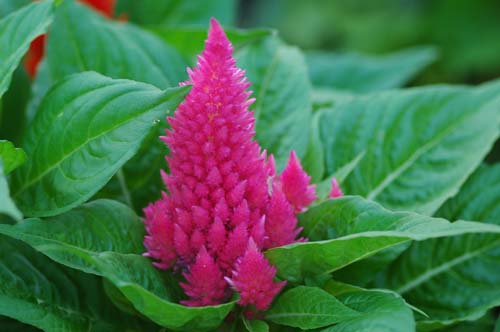Godetias are one of the best loved of all hardy annuals; their gay colours and free-flowering habit have kept them favourites for many years. The funnel-shaped flowers crown the upright leafy spikes which are plentiful enough for both cutting and garden display. The tall varieties require staking and all Godetias need watering when the weather…
Category: Flower
GAZANIA
There is perhaps no showier flower than the Gazania for a sunny bed, border or rockery. The plants are low- growing a tendency to sprawl, the leaves are silvery or grey below and the 3in. Daisy-like flowers are avail-able in a wide array of colours with contrasting zones. They are perennials but are easily damaged…
GAILL ARDLA (Annual Gaillardia)
The Annual Gaillardia or Blanket flower is an excellent plant for cutting and garden display but it is not a popular choice. One reason is that there are several other annuals with yellow and red Daisy-like flowers, but the double Gaillardia is a novelty. It is also an untidy blooms to ensure autumn flowering ….
ESCH SCHOLZIA (Californian Poppy)
A drift of Californian poppies in full flower is colourful sight in summer, but it won’t be if your soil is rich and the plants are in partial shade. The flower are not long-lived but they continue to appear over a long period and the silky petals fluttering in the breeze are part of our…
ECHIUM (Annual Borage)
If your flower bed is in an open sunny situation and the soil drains freely then this plant is worth considering. It makes a welcome change from the popular range of low –growing annuals, and the flowers which look like upturned bells are fragrant and attractive to bees. The branching stems bear hairy narrow leaves…
DIMORHOTHECA (Star of the Veldt)
Dimorphotheca is distinctly fussy about its requirements. It needs a well-drained, light soil and as much sun as possible-put it in a shady spot and the flowers will refuse to open. Give it a good home in a rockery, window box or flower bed and the bright, The flowers are suitable for cutting: remove dead…
DIGITALIS (Foxglove)
Few annuals and biennials are really happy growing under trees or in other shady places – foxgloves are notable exceptions. The wild species D. purpurea is sometimes grown in gardens but it is more usual to choose a showy grown hybrid. Tall spikes bearing bell-like flowers appear above the basal rosette of large downy leaves….
DIANTHUS (Sweet William, Indian Pink or Annual Carnation)
Sweet William, carnations and pinks belong to the genus Dianthus, and its of varieties is as long as its history. The Ancient Greeks called the carnation the Divine flower- the Elizabethans of Britain grew a wide variety of fancy gillyflowers (pinks) in today’s garden you will find Dianthus varieties in the rockery, and in beds,…
DELPHINIUM (Larkspur)
The Annual Delphinium or Larkspur is a quick-growing plant with varieties suitable for both the back and front of the annual border. The upright flowering spikes bear densely-packed blooms in white, pink, red or blue. The foliage is feathery and the flower-heads are popular for indoor arrangements. Stake tall varieties and remove dead blooms ….
DAHLIA (Bedding Dahlia)
DAHLIA (Bedding Dahlia) The knee-high Bedding Dahlia with its 2 in. blooms has to look up to its tall and illustrious cousin the Border Dahlia, with flowers which can be as large as dinner plates. The lowly annual varieties should not be regarded as poor relations, however, as they are as bright and…
COSMOS (Cosmea)
Cosmea is a popular annual which is easily recognized by its slender shape, delicate ferny foliage and large flowers which look like single Dahlias. Grow it in pots or flower beds for cutting or for a summer-long display outdoors. Stake tall varieties and remove dead blooms to prolong the flowering season. VARIETIES: Most garden Cosmeas…
COREOPSIS
These free-flowering plants bear large, Marigold-like blooms on long stems. They are good for cutting and will succeed in most situations, but Coreopsis does not like heavy clay and produces few flowers in shady conditions. Tall-growing varieties should be staked and faded blooms removed regularly. The colour range is limited – the flowers are yellow…
CONVOLVULUS (Dwarf Morning Glory)
A bushy plant, not a climber like its notorious close relative the Common Bindweed. It thrives in poor, sandy soil and produces an abundance of eye-catching flowers. Each one is a wide-mouthed trumpet, brightly coloured with a yellow or golden heart. Unfortunately the glory is short-lived – the flowers open in the morning and water…
COBAEA (Cathedral Bell)
The Cathedral Bell or Cup-and-Saucer Vine is an outstand-ing example of the small group of plants which are grown as annual climbers. It may survive the winter in mild districts but the usual practice is to discard the plants in late autumn. Cobaea grows rapidly, climbing by means of tendrils and bearing bell-like flowers. These…
CLEOME (Spider Flower)
The Spider Flower is a must if you like to see the unusual and the exotic in your garden. The large bushy plant is equally at home as a dot plant in the centre of a flower bed or as a gap-filler in the shrubbery. The scented flowers bear long stamens which give the blooms…
CLARKIA
This popular and easy-to-grow annual may seem as if it has been on the British gardening scene from earliest times, but it was not discovered until the last century. The flowers look like miniature Hollyhocks and are borne on upright spikes from early summer. Plant Clarkias in bold groups and support the stems with twigs….
CHRYSANTHEMUM (Annual Chrysanthemum)
The Annual Chrysanthemum is overshadowed by its showy perennial relatives and is much less popular than it deserves. In flower from midsummer to autumn, the bushy plants are well branched and the blooms of some varieties are extremely colourful. Dead-head regularly and spray against greenfly. VARIETIES: C. carinatum (C. tricolor) is the showy Annual Chrysanthemum….
CHEIRANTHUS (Wallflower)
Bulbs, Forget-me-nots, Primroses and Wallflowers are the low-growing heralds of spring. Millions of Wall-flowers are planted every year during October and the flowers on the erect spikes open in March or April (Wallflower) or May (Siberian Wallflower). Pinch out the tips of young plants before transplanting them in their final quarters. Grow them close to…
CENTAUREA (Cornflower)
Cornflower was once a common farmland weed, but careful selection and breeding has turned it into a colourful annual for flower bed or cutting. Wiry stems bear sprays of flowers in pink, red, purple, white or the original blue. The grayish green leaves make a pleasant change from the standard green leaves make a pleasant…
CELOSIA
Plant out when the danger of frost is past. Celosia is one of the aristocrats of the bedding plant world. The large and brightly coloured flower-heads are crested or plumed, adding a luxury touch to the flower beds or an indoor arrangement. You must not forget, however, that all the Celosias are tender, so they…

